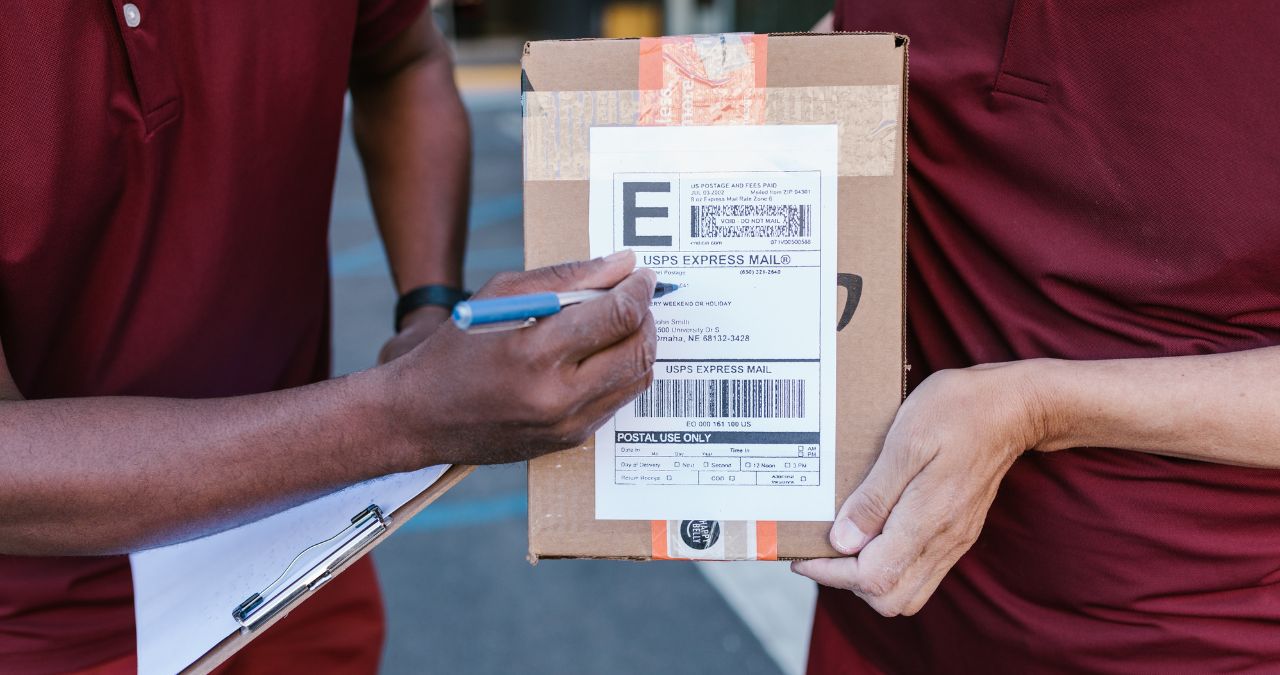
We’ve all done it once or twice when buying something from an e-commerce site or department store. An item arrives, but isn’t exactly what was ordered — and then you’ve got to take advantage of their returns policy, which replaces the item with another or issues a refund. Item returns are an important part of international and domestic consumer law. Companies are obligated to return items, but the cost of returns is something that can place new (and unprepared) business ventures in serious peril.
Do Returns Cost Companies Money?
Here’s what you should know about company returns, and how you can avert costs if you are in the business of direct-to-customer sales.
Know Returns Law
One of the first things you should know about customer returns is the returns law. What does Consumer Law state about returns and refunds – for example, the time frame and conditions for which an item can be returned to an unhappy customer? Different states and countries have different rules.
Returns Aren’t Free
When an item is returned to a manufacturer, there are costs involved on the part of the company issuing the return. That’s your problem as a company — and while many companies have an arguably higher markup price to compensate for potential returns, many just don’t.
Even when an item is unused, it will have to be packaged again for the next round of retail. On the other hand, if there are defects with the product, it must be removed from the sales line. This costs even more than the cost of selling the item to the customer in the first place.
The Total Cost of Returns
If a company in the retail business has just a handful of returns per year, that’s not a big problem, and it won’t make a big difference to your yearly turnover. But if you have more returns, it could start eating well into your profit margin — and too many returns can push your company into the red (and give you a reputation for too many customer returns).
A simple, standard customer refund can cost up to 68% more than the original item cost the company to sell. Imagine a few hundred of those per week!
The Cost of Returns Per Item
A single-item return will involve added costs, usually for the company:
- Shipping costs
- Handling costs
- Employee time
- Item investigation
All of these things take up your company’s time and money.
How Returns Fraud Causes More Harm
Returns fraud happens when customers request a refund (or return) for an item that arrived as described and in perfect condition. Sometimes the item is replaced with another unit, or the customer simply claims the item didn’t arrive — and takes advantage of the returns policy.
Companies should always be watchful of potentially fraudulent returns, as this is where the real potential cost of returns to the company might lie.
Legitimate returns are allowed by law, but returns fraud is a crime that all companies in the retail business should be aware of.
Additional Information: Return Fraud Tips for Protecting Your Retail Business
Nebraska Warehouse One-Stop-Shop | Technology Enabled 3PL Value-Added Services Warehouse | Freight Broker | Logistics
Nebraska Warehouse doesn’t just help to facilitate your shipments, but we are truly a one-stop-shop solutions provider. Our services include:
-
- Professional Storage Development and Management
- Quality controlled Environment
- Responsive, Personal Customer Service
- Reasonable Price
- Real Estate Development and Management
- LTL & FTL Shipping
- Refrigerated Trucking & Storage
- E-Technology Software
- Transportation Freight
- Dedicated Contract Warehousing
- 3PL Public Warehousing
- 3PL Specifications
